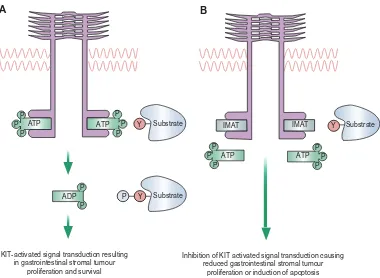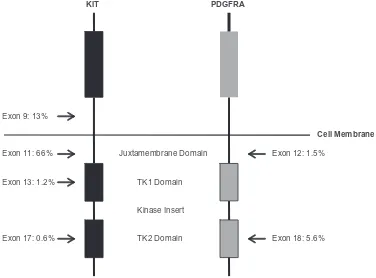Update on the treatment of gastrointestinal stromal tumors (GISTs): role of imatinib
Full text
Figure



Related documents
The patients were submitted to a treatment regimen for 1.5 hours per day adapted for cellulite, consisting of manual and mechanical lymph drainage and cervical stimulation using
As an early and sensitive environmental and health marker, semen quality could be considered as a potential susceptibility indicator of external insults to the health of
that, by inhibiting the activity of the BET protein BRD4 and the resulting inhibition of c-Myc, co-treatment with AS and JQ1 attenuated the expression of several prosurvival genes,
According to the findings of this study, the factors that correlated with the fertility desire among PLHIV were age, current health status, having a sexual partner during the
Keeping in mind the high prevalence, intensity of symptoms of disease, lack of current effective treatment and considering classical reference of Tikta (bitter) Ghṛta (pre-
The quality of input stego audio files that is shown in figure 4 illustrates that, the proposal model using neural network can attack the steganography MP3 file.. The very
Prevalence of molecular mechanisms of resistance to azole antifungal agents in Candida albicans strains displaying high-level fluconazole resistance isolated from
Zone inhibition test showed that the AgNP-AC is possessing antibacterial activity to that of normal activated carbon, which provides the possible use in waste water treatment